Ford claims Ranger PHEV is better than diesel despite engine detune
Ford has revealed the necessary honest at the lend a hand of its resolution to detune the Ranger PHEV’s 2.3-litre turbocharged petrol four-cylinder engine by more than thirty p.c when when put next with the non-hybrid implementation of the identical Ecoboost powertrain.
Whereas the Ranger PHEV’s total gadget outputs of 207kW of energy and 697Nm are greater than these of the V6 diesel engine (184kW/600Nm) that’s $5150 more cost effective than the hybrid, the 2.3-litre engine utilized in the PHEV powertrain produces acceptable 138kW/411Nm.
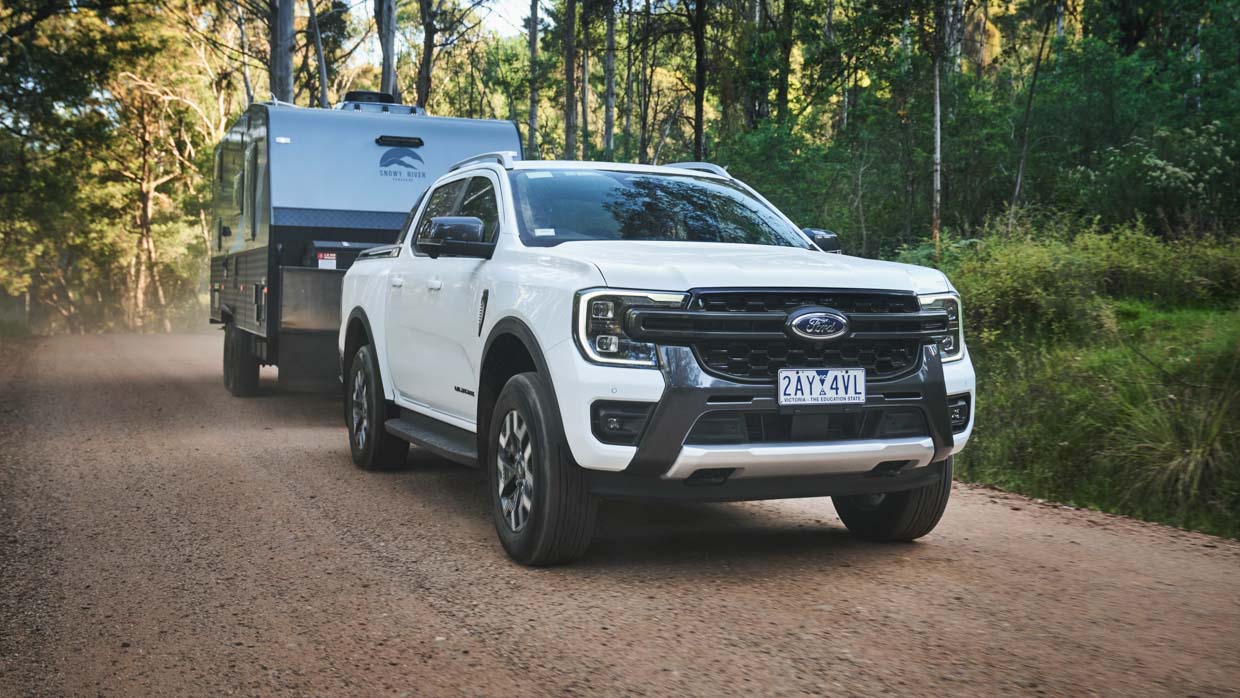
That’s no topic the identical 2.3-litre engine producing 222kW/452Nm in the US market Ranger—and in the Australian-market Volkswagen Amarok TSI452, which rolls off the identical South African manufacturing line as the Ranger PHEV, which is priced between $71,990-$86,990 plus on-street charges.
The Ranger hybrid as an different relies on a 75kW electric motor (producing an estimated 300Nm of torque), fuelled by a 11.8kWh battery and sandwiched between the combustion engine and the Ranger’s ten-velocity automated transmission, to execute up the adaptation.
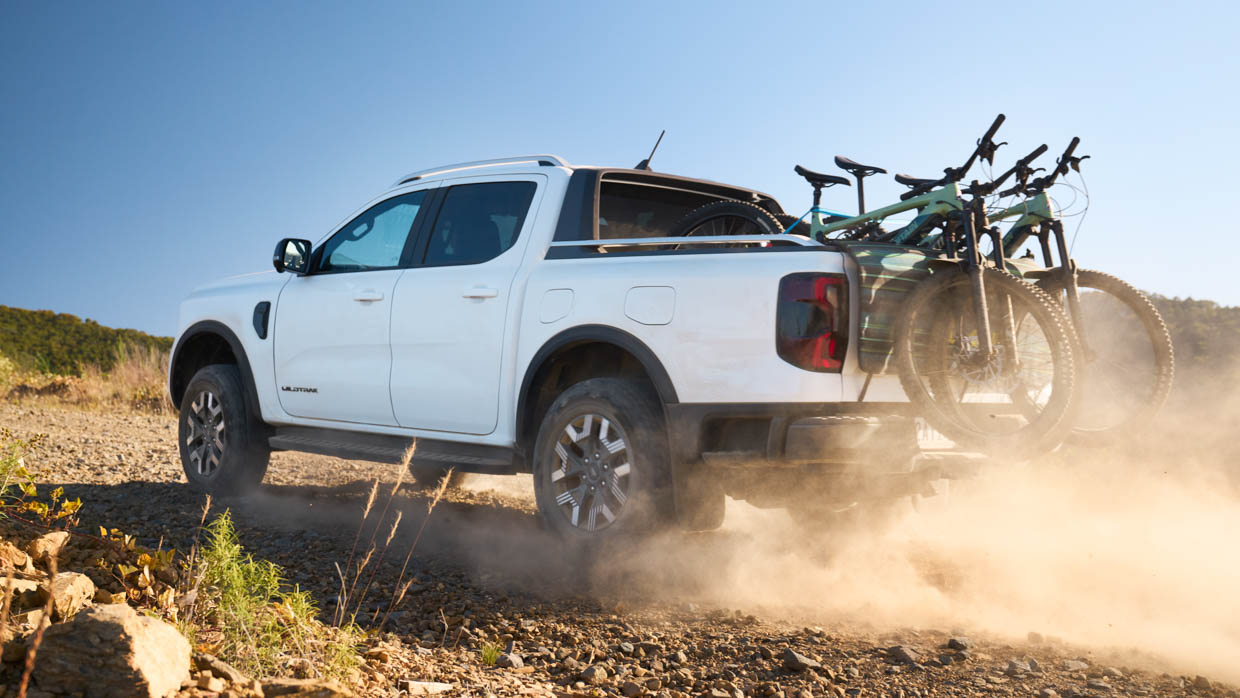
In particular well-known is the incontrovertible reality that the Ranger PHEV’s chief Chinese competitors both rep more overall energy. The BYD Shark 6 ($57,990+ORCs) peaks at 321kW/650Nm, whereas the greater-size GWM Cannon Alpha PHEV ($59,990-$66,990+ORCs) makes up to 300kW/750Nm.
Fuel efficiency considerations guilty for detuning preference
Chasing Vehicles asked Ford international product chief Jim Baumbick why engine energy changed into once detuned by a gigantic 38 p.c—and the resolution changed into once all about gasoline efficiency.
“Our goal changed into once diesel or greater. May maybe perhaps perhaps you add more performance? Yes. Would it advance with alternate-offs in diverse recommendations? You bet,” Baumbick said before revealing that “gasoline efficiency” changed into once the amount 1 alternate-off for extra energy.
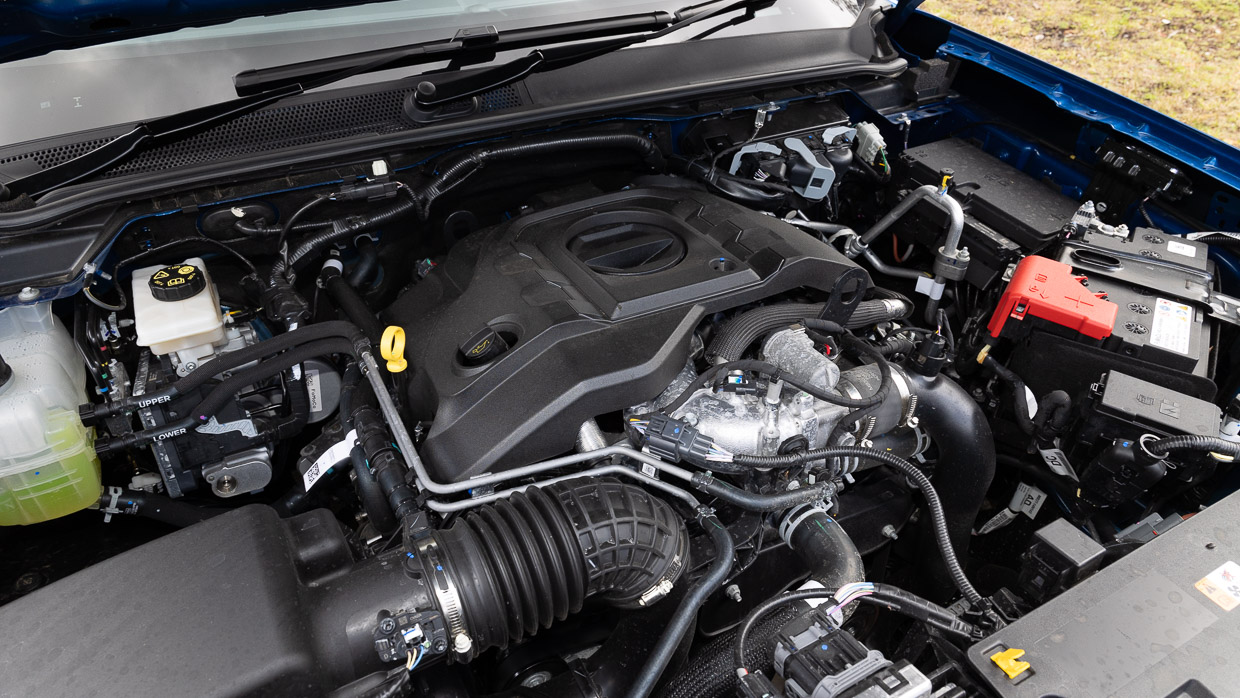
Chasing Vehicles testing of the Ranger PHEV has revealed toll road gasoline consumption of spherical 9.0L/100km with zero p.c tag left in the hybrid battery when put next with spherical 11.0L/100km in the V6 diesel. Regeneration repeatedly retains some tag in the PHEV battery.
The Michigan-primarily primarily based entirely Baumbick—who is international vp of developed product pattern at Ford—talked up the true fact the Ranger PHEV has been tuned for prime torque in give away to relief the 3500kg braked towing skill and cheap payload of the diesel versions.
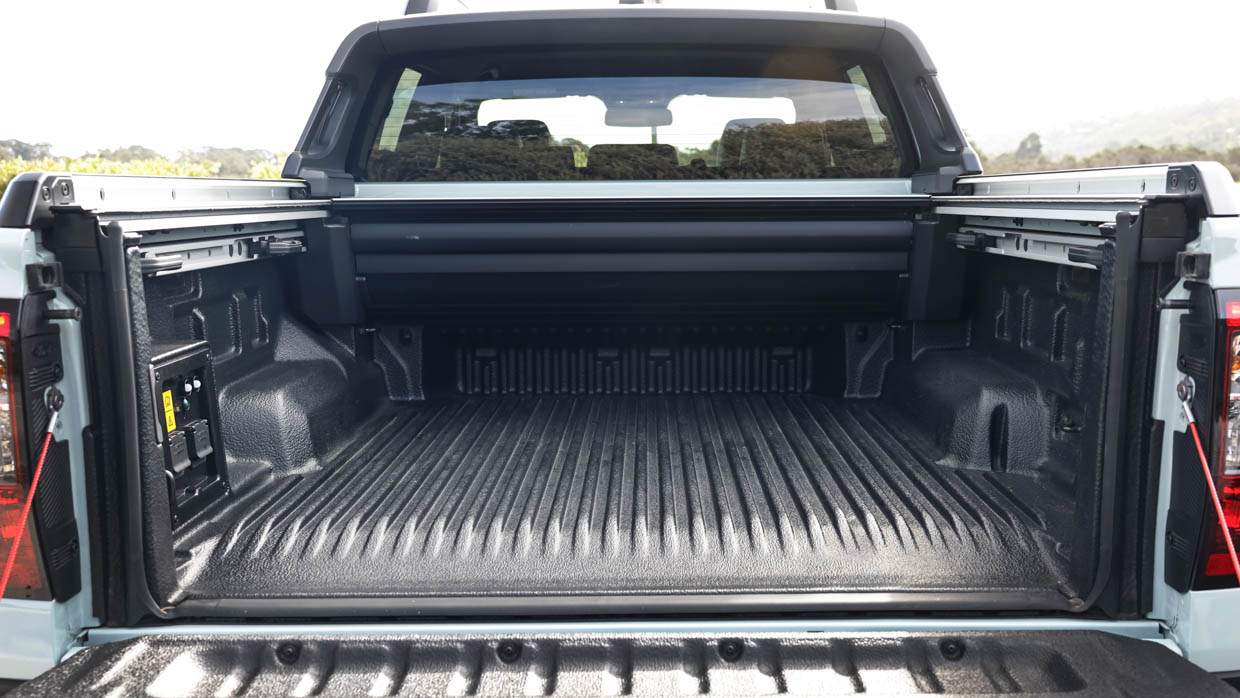
“We mediate it’s the acceptable balance for the first application [of Ranger PHEV],” Baumbick said. “It provides the hybrid propulsion, gasoline economy and total tag of possession benefits and it unlocks the [6.9kW vehicle-to-load] superpower. It will develop everything a diesel can develop after which some.”
The belief that the ten-velocity auto changed into once the limiting element for the Ranger PHEV’s total energy is wrong as a the same iteration of the ‘10R80’ transmission produces a gigantic 320kW of energy in F-150 PowerBoost Hybrid structure in North The United States.
Ranger PHEV is more efficient than rules require
The Ranger PHEV changed into once designed mainly for the European market, the set strict emissions penalties bear steered carmakers towards advertising full EVs and rush-in hybrids. Every every so often, EVs and PHEVs are more cost effective for customers to build up and characteristic in Europe than diesels.
Nonetheless with the Ranger PHEV’s 11.8kWh battery promising acceptable 43km electric fluctuate on Europe’s WLTP consumption testing cycle, the gasoline economy of the turbo petrol engine changed into once a first-rate element in using down the Ranger PHEV’s legit CO2 emissions rating in Europe.
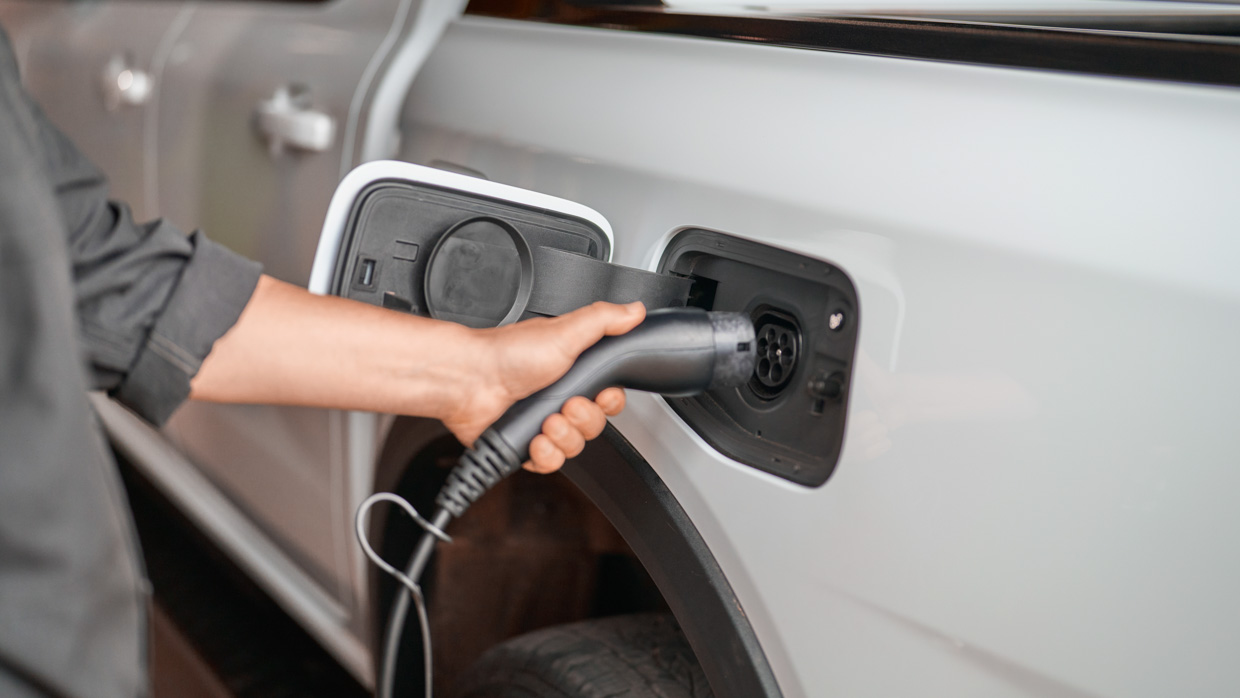
WLTP testing noticed the Ranger PHEV land an legit CO2 establish of 70-72g/km in Europe—inserting the rush-in Ranger earlier than that continent’s 186g/km restrict for utes in 2025 and even the stricter 123g/km restrict that may maybe apply in 2030.
The miserly CO2 rating of the Ranger PHEV compares very favourably to diesel engines for the Ranger in Europe, which clock in 223-247g/km for the four-cylinder biturbo and 262-273g/km for the V6.
Australia’s the same Unique Automobile Emissions Standard (NVES) limits, designed by the Albanese authorities, are now in force—and they are even stricter than the European rules.
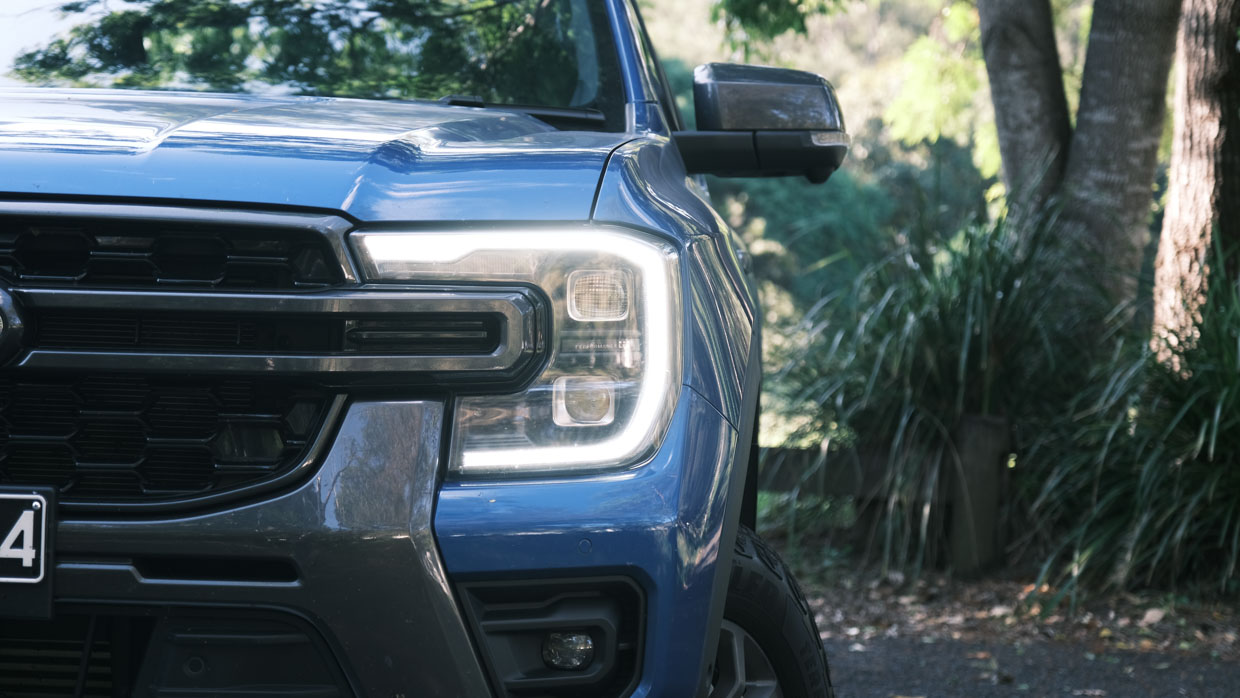
Locally, hasty sensible limits for commercial autos (including the Ford Ranger) are 210g/km in 2025 ratcheting all of how in which down to a more sturdy-than-Europe 110g/km in 2029. In Australia, Ford claims CO2 emissions of acceptable 66g/km for the Ranger PHEV in its latest scheme.
Extra extremely effective, longer-fluctuate Ranger PHEV on the cards
With a sizeable buffer between the Ranger PHEV’s legit emissions in both Europe and Australia and the respective hasty sensible CO2 limits in these jurisdictions, it would seem that Ford would perhaps perhaps even bear made the Ranger hybrid more extremely effective despite the incontrovertible reality that it meant a greater emissions rating.
Nonetheless it’s no longer that straightforward—as the Ranger PHEV’s rather low (on paper) CO2 emissions mean it buys Ford more credits in both the Australian and European systems—effectively making it simpler for Ford to continue to promote high-CO2 autos esteem the Ranger Raptor, Everest, or Mustang.
It’s miles in Ford’s pursuits to relief the Ranger PHEV’s CO2 contribution as low as doable. Which manner preserving engine gasoline consumption low—or alternatively, rising the scale of the hybrid battery to offset a more extremely effective internal combustion engine tune.
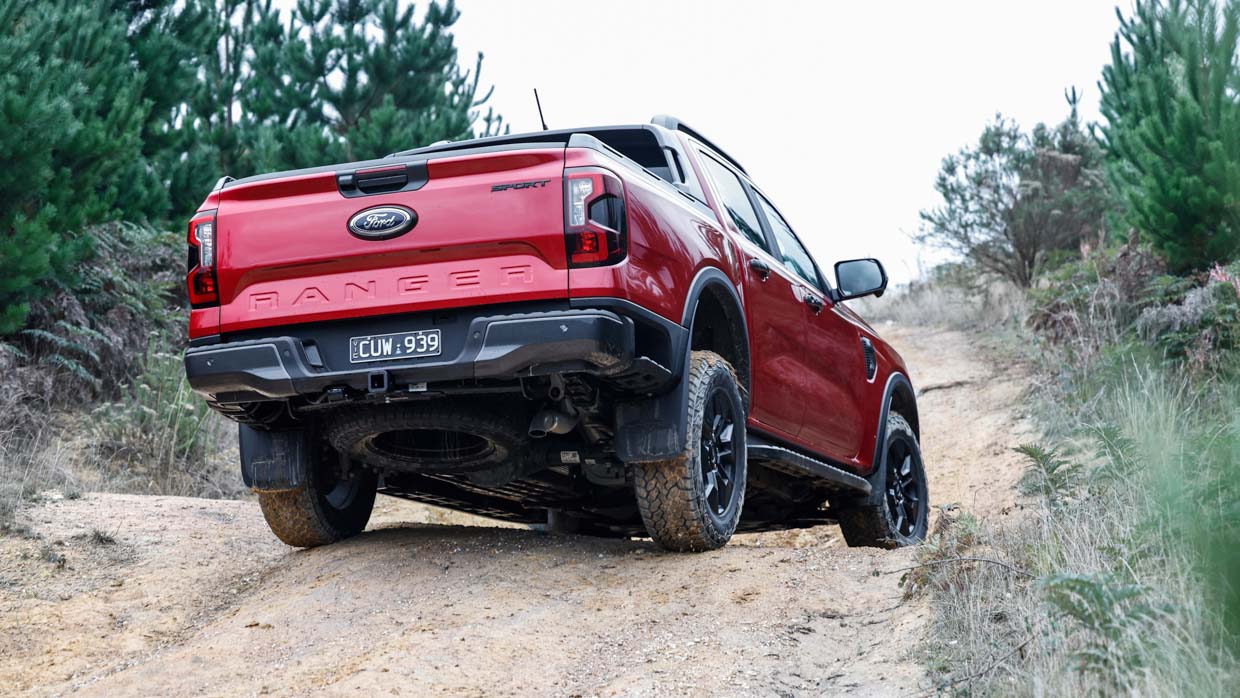
Ford is understood to be brooding just a few greater battery for the Ranger PHEV for a future model of the ute, whereas the US producer considers its alternate ideas for a in point of fact-electric Ranger—however the 2.3-litre turbo ‘four is probably going to stick spherical as the execrable powertrain for rush-in hybrid versions.
“[The EcoBoost has] got prolonged legs,” Baumbick said. “When you stare at the entire hybrid propulsion systems in the industry, they are all migrating at some level of developing high thermal efficiency engines that bring a certain quantity of engine torque to power the auto.
“The 2.3-litre is a in point of fact thermally efficient engine. You combine that with the battery and hybrid transmission and it’s likely you’ll perhaps perhaps perhaps even bear a in point of fact beautiful foundation for an efficient propulsion gadget.”
Source credit : chasingcars.com.au

